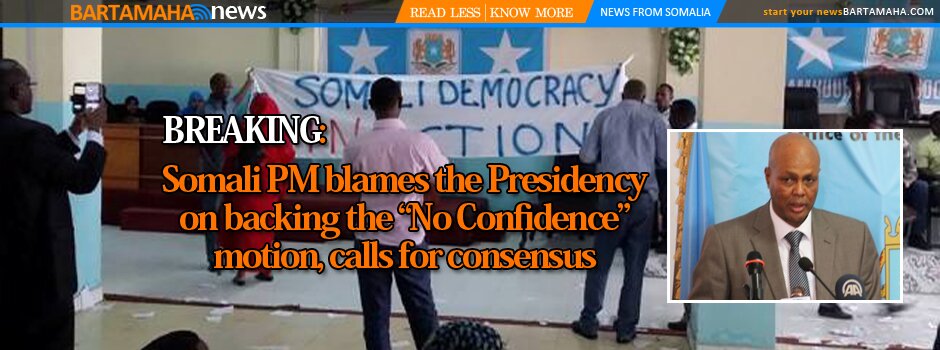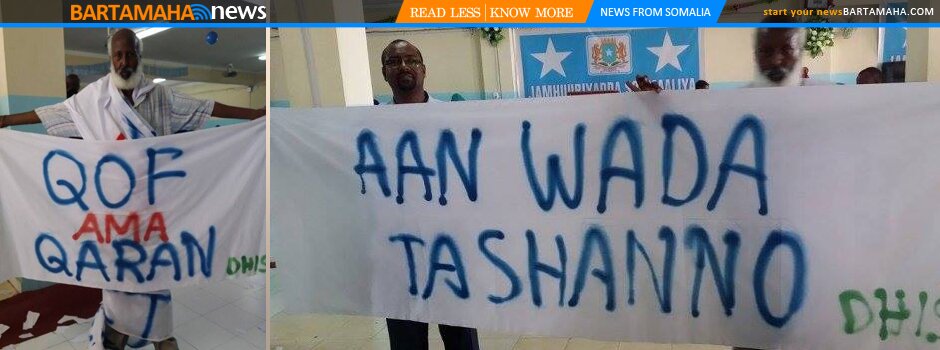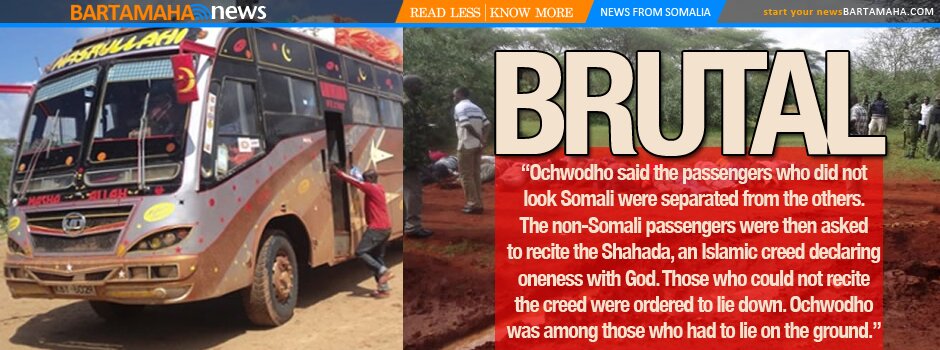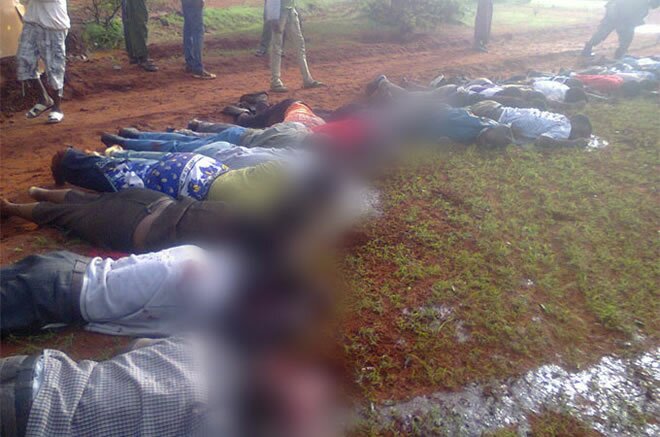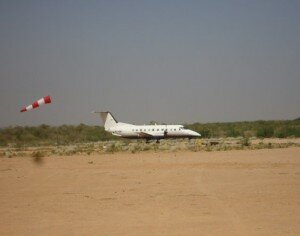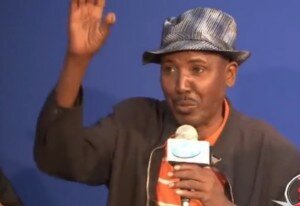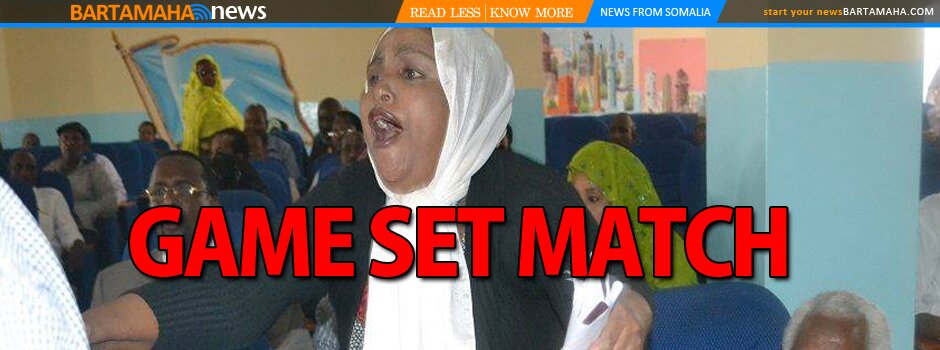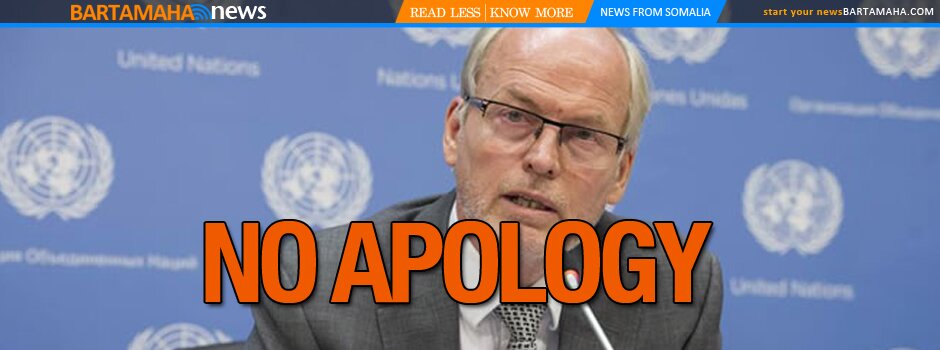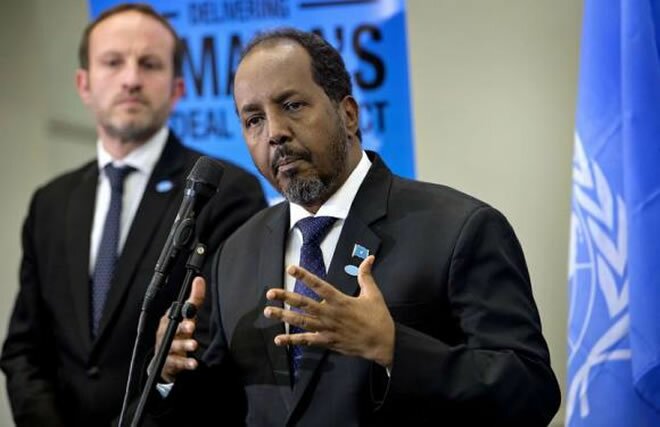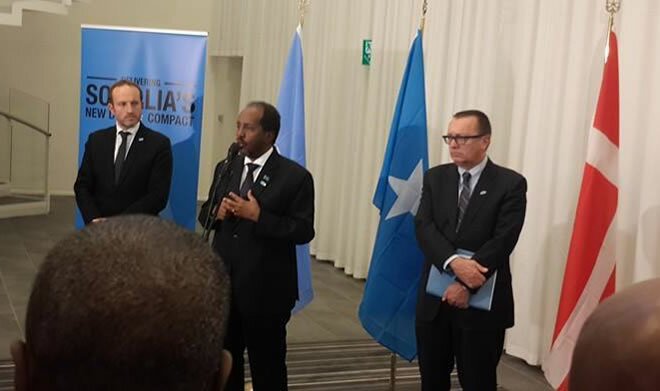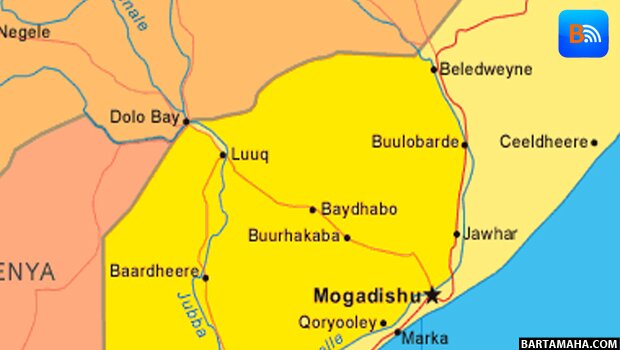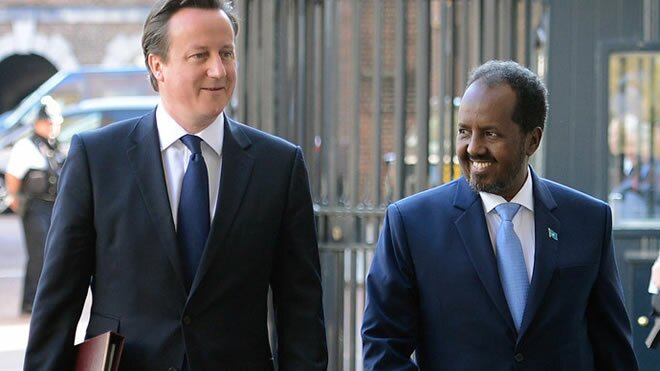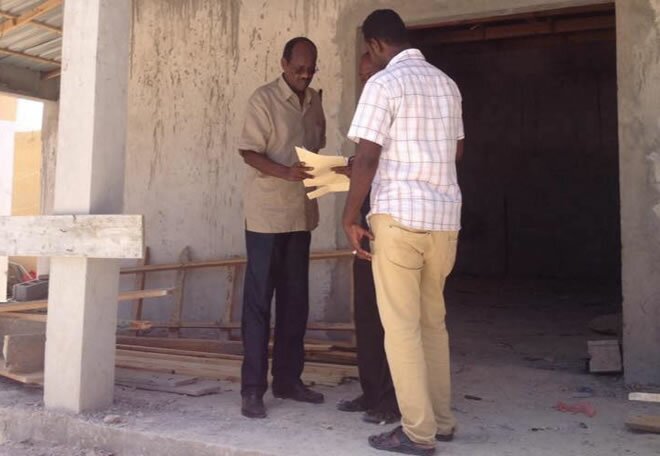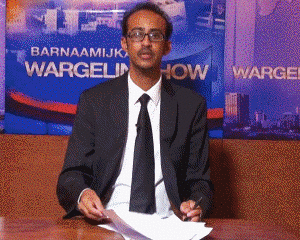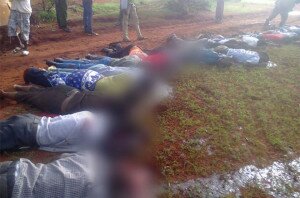Young Somalis in Minnesota beating the odds
 by Laura Yuen, Minnesota Public Radio — In the final part of our series, “Civil War Kids: Young Somalis in Minnesota,” Laura Yuen reports on the young people who are succeeding in the Cedar-Riverside neighborhood of Minneapolis despite the grim statistics.
by Laura Yuen, Minnesota Public Radio — In the final part of our series, “Civil War Kids: Young Somalis in Minnesota,” Laura Yuen reports on the young people who are succeeding in the Cedar-Riverside neighborhood of Minneapolis despite the grim statistics.
St. Paul, Minn. — When you ask people to tell you a story of hope from the Somali community in the Cedar-Riverside neighborhood of Minneapolis, they often point to a skinny teenager with glasses named Mohamed Jama.
“I used to be shy, but in 2007, I broke the glass,” said Jama. “I learned how to speak properly with others. And it just happened — voila!”
At 16, Jama — or M.J., as his friends call him — is the man of his house. He shares an apartment with his mom and two younger sisters in the high-rise public housing complex, Riverside Plaza, also known as the Towers. The buildings are home to thousands of Somali families.
But just about every night of the week, you can find Jama at the Brian Coyle Community Center, located just behind the Towers.
Jama said mentors at the Coyle center helped him come out his shell. He does homework at the center, plays basketball, and helped raise money for a free clothing drive. He joined the neighborhood’s youth council and started to take on big responsibilities.
Countless young Somalis like Jama in Minnesota are succeeding, despite grim statistics in their community. More than 82 percent of Somali-Americans in Minnesota are living in or near poverty. Somali adults are much less likely to have a high-school education, compared with other adults.
Yet hundreds of young Somali-American refugees graduate from Minnesota colleges every year. They’re entering careers ranging from medicine, to engineering, to public policy.
The kids who rarely make the news are staying out of trouble, embracing their Somali heritage, and are giving back to the broader community. There are far more successes than failures.
FIGHTING NEGATIVE PERCEPTIONS
Jama and his friends live in an area that is home to the largest concentration of Somalis in the U.S. And the Towers — six public-housing buildings in faded colors — have become the landmark for the neighborhood.
His younger and much shorter pal, Salah Ali, is just 13. But he sounded like he’s known his entire life what outsiders think of Cedar-Riverside.
“People say, ‘Cedar is a bad place — Somalians.’ And they start comparing us to terrorists, like 9/11,” Ali said. “They just look at us like, ‘Why are those girls wearing headscarves? Why are gangsters all over the place?’”
Salah said he wants people to think his neighborhood is a good place.
The negative perceptions about the neighborhood are exaggerated, but not without reason. A Somali-American college student was shot to death in late 2008 just outside of the Coyle center.
The alleged gunman was a 16-year-old boy, also of Somali descent, who was upset because he wasn’t allowed to play basketball. Two other young men were also killed that year in Cedar-Riverside.
Abdirahman Mukhtar, who runs the youth programs at the Coyle center, said young Somalis like M.J. and Salah face many more dangers than when he was a teen-ager here in the ’90s.
Mukhtar points out that he had the benefit of Somali bilingual teachers in high school and the now-defunct General College, a gateway program at the University of Minnesota.
“When I was in high school, we did not have gang-related issues. We didn’t know what the juvenile system was,” said Mukhtar. “Nowadays, you have young people dropping out of high school. You have young people who are doing drugs. Teen pregnancies are a problem.”
But one of the most visible problems in this neighborhood is inertia: Young adults outgrow the programs offered by the Coyle center and have nothing to do.
“The only thing I can do is keep them inside, so I can keep them away from getting them into trouble,” Mukhtar said.
To Jama, the idle young men who hang out in front of the liquor store on Cedar Avenue are cautionary tales.
“I see it, and I look at them. And it helps me because I don’t want to end up like them. I want to be a better person living in this society, succeeding in life,” Jama said.
Jama said his father is in Africa. He credits his mom with keeping him on track. She’s the one who turns off the TV and prods him to read.
ORDER IS IMPORTANT
As president of the youth council, Jama leads meetings with an firm hand. He says to make it in his world, order is important.
He said his mentors in the neighborhood look out for him, and he looks out for younger kids.
At a recent meeting Jama sparred with Ali, the council’s “spokesman” about firing one of his friends from the position of vice president.
“I don’t think this vice president wants to work hard for her position,” Jama said.
Ali, 13, who is the council’s so-called “spokesman” stood up for her.
“Just because she missed one day? Presidents do miss meetings sometimes,” Ali said.
“I’m not trying to put her down. I’m trying to send her a message. When I tell her to come, she doesn’t do it. I understand her family is a priority –” Jama said.
“Family comes first, ” said Ali.
“Family comes first. So does the youth council,” Jama said.
“No,” Ali said. “Family comes first, friends second, and then –”
“Please. If you want to defend someone, be their lawyer,” said Jama.
As the discussion continued, Jama kept pressing the younger kids about if they were serious about taking the youth council “to the next level.”
The adults in the room, including a couple of security guards, tried to suppress their smiles.
But Jama right, in a way. Discipline and accountability can help move people up and out of poverty.
A FAMILY ON THE RISE
Raho Warsame ladeled batter into a pan in the kitchen of her south Minneapolis townhouse. She was making canjeero, which is like a Somali pancake, for the first meal of the New Year. Her two grown daughters and teen-age niece watched from the kitchen table.
“I’m the breakfast-maker and I make my dough, because they’re not good at it,” she said, laughing.
Warsame, who was a nurse in Somalia, moved her four children to Minnesota in the mid-’90s. Despite the challenges of being a single mom and refugee, she has sent three of her kids to college. They volunteer and are involved with the mosque.
Her family’s first home was in the Towers. They lived on the 32nd floor, where Warsame used to plan for emergencies with military precision — running up and down the stairs.
“I used to train myself, saying, ‘OK, if something happened with the elevator, and it was not working, how would you carry your children (to safety)?” Warsame said. “I used to run down and try to climb up.”
Warsame’s daughter, Maryan Yusuf, is a freshman at the University of Minnesota. She said her mother carefully monitored their daily lives, and it paid off.
“My mom, she’s like a lieutenant. It’s scary sometimes,” Maryan said. “Even when I’m leaving her message, she says, ‘Leave me the time you called, your name, the time you’re done with the message.’ I rarely leave the house without her knowing where I am,” Maryan said.
Warsame says it wasn’t easy raising them on her own. There were days when she was exasperated.
“When you come home from work, you don’t want to talk. You’ve done your day. But when you have children, you don’t have a way out,” Warsame said. “You have to go to school and say, ‘How’s my child doing? Why did he receive this grade? How can he do better?’”
Warsame took English classes and found a decent-paying job at the post office — resulting in a brutal schedule that required her to do her homework while riding the bus. She said she set goals for herself and clawed her way to self-sufficiency. Today, she’s a property manager with a nonprofit housing group.
She says coming to Minnesota, where good jobs were abundant, was one of the best things she ever did for her family — even if they were ill-prepared for winters.
“We coped. Not wearing appropriate shoes, we kept falling down. We didn’t break any bones, but we kept falling down,” she said, laughing.
RAISING THE NEXT GENERATION
Abdirahman Mukhtar, the Coyle center’s youth manager, recently helped round up a sea of kids holding signs to protest a recent suicide bombing in Somalia.
Among the dozens killed in Mogadishu were students graduating from a medical school. They were young people, too, considered to be their country’s best hopes.
In the Coyle center gym, Mukhtar zipped up the young protesters’ winter coats and made sure they were properly bundled up for the cold.
At times, he tears up when he thinks of the peers he left behind in Somalia. He knows he’s lucky. But the tradeoff, he said, is that there’s a missing piece of him that will haunt him for as long as his homeland remains a war zone.
“We are the most fortunate and most unfortunate generation. We are fortunate because we have education and food and shelter in America,” Mukhtar said. “But if I want to go back to Somalia, I cannot do that, because it does not exist.”
Mukhtar says for civil-war kids like him, the best they can do is help raise a young generation of Somali-Americans the right way. He pushes them to do their homework and to stay away from drugs. He says maybe one of these kids can help rebuild a distant homeland.
But first, they have to beat the odds here.
____
MPR
Comments
comments
 Calendar
Calendar





